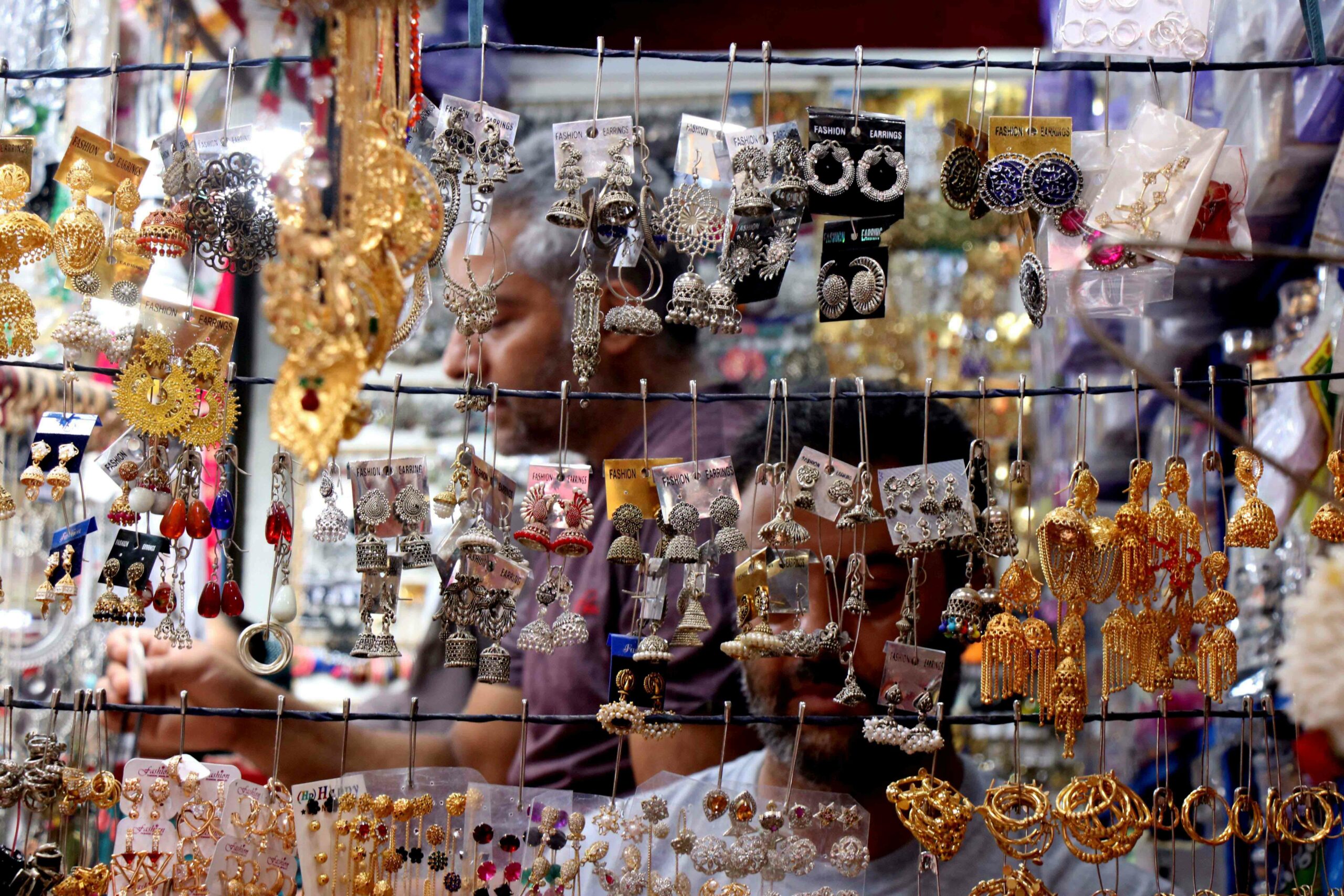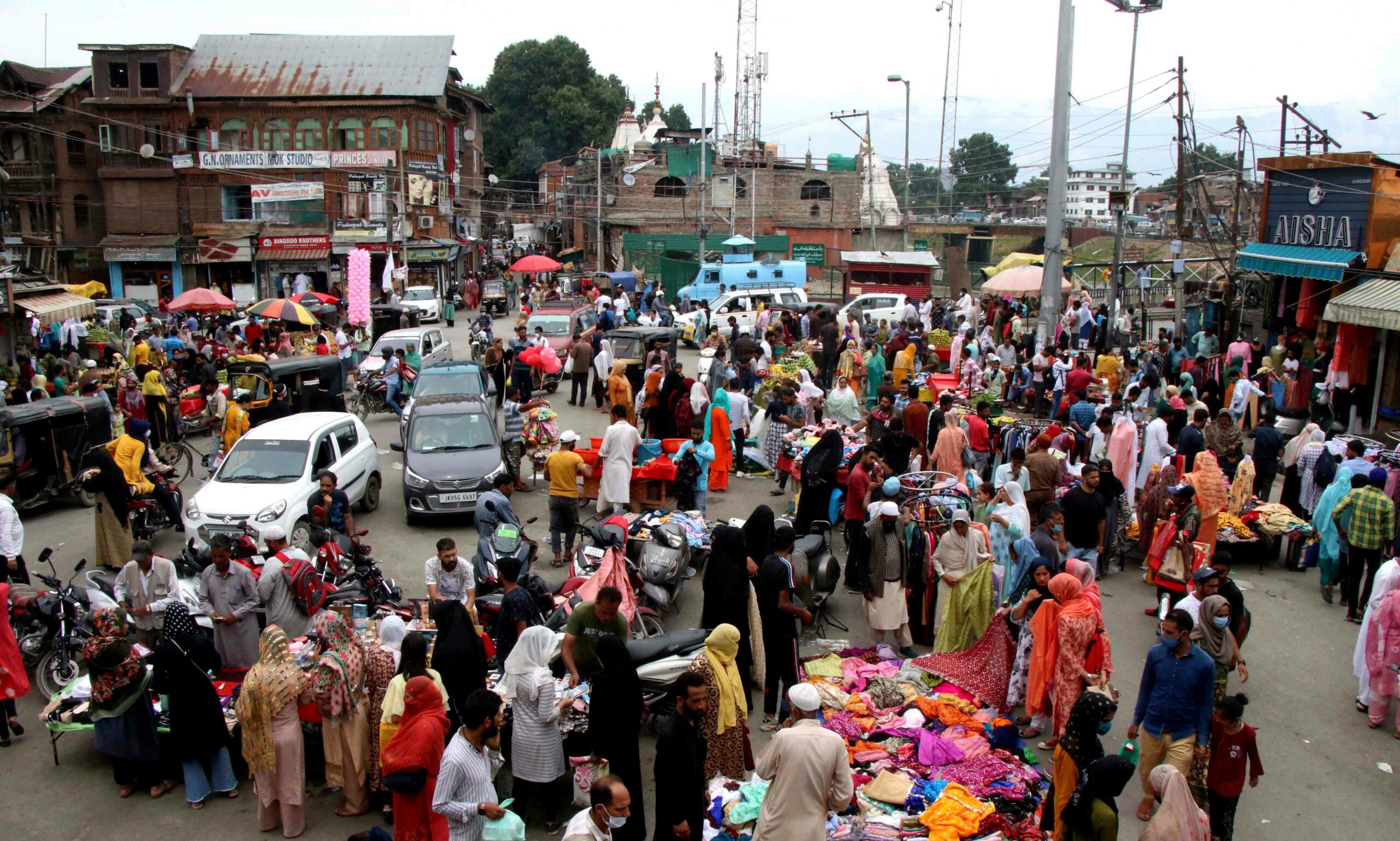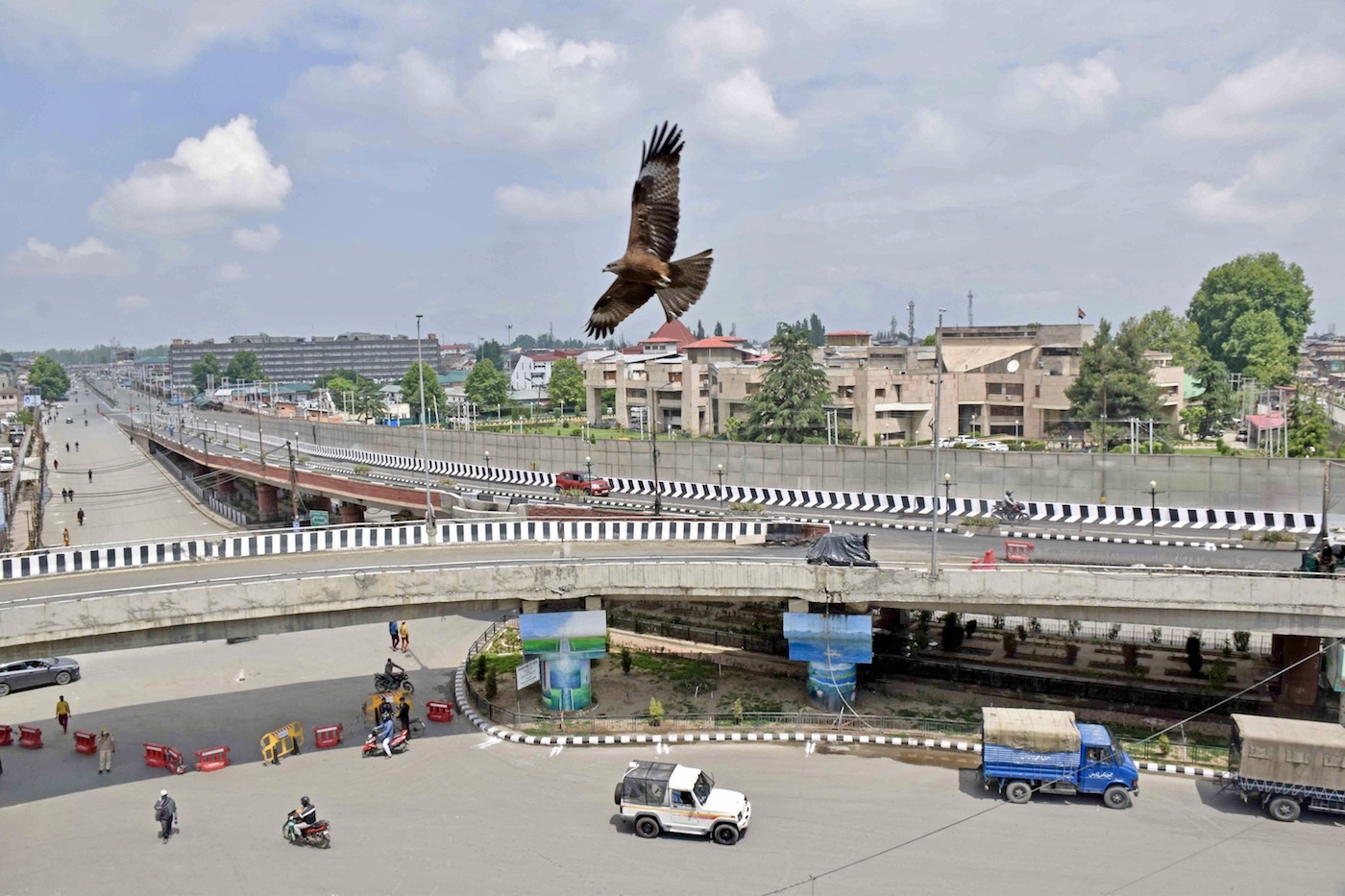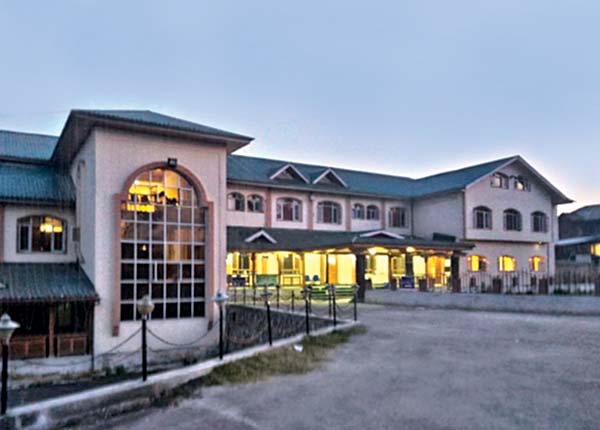The steep rise in the cost of goods in Kashmir is making it increasingly difficult for the common man to manage two square meals a day. The lower middle class and the poor sections of the society are hit the hardest, Ibtisam Fayaz Khan reports

A few years ago, Ajaz Ahmad was a happy man. Having started his business after opting for Voluntary Retirement Scheme (VRS), HMT’s watch unit in Kashmir, post its downs fall, he was enthusiastic to have his own shop.
With a few lakhs in hand and in his early 50s, he chose Dubai for importing ladies stuff and registered good profit. Satisfied to see his business growing, he got his only son to join the venture after graduation. The duo was doing good and the family was living happily.
However, in the last couple of years, things have changed tremendously. He even tried to get stuff from mainland India, but could not manage expenditures.
With little sales and stagnant imports, Ahmad is living in penury and has locked his shop. His son has joined a private company with commission-based remuneration of Rs 10000.
“I could not manage the price escalation and buyer power, so tried to sell local stuff, but post-August 5, the situation is getting difficult”, he said.
Ahmad is not a single case suffering this scenario.
Amir Khan would travel across the country before the pandemic broke out in March 2019, in connection with his business. He no longer does. As an alternative, he set up a business by opening a lady’s apparel shop on the outskirts of Srinagar city, the earnings from which hardly enough to make his ends meet. Khan has now taken to fixing ceilings for additional income.
The lacklustre in business is not in isolation. The primary reason being rising prices, the lack of avenues and a fall in revenues in adding to the crisis.

As Inflation has steeply risen, the goods sold today are double or triple the price of what it was four years back,” he said.
The real estate is also bearing the brunt. “Even for constructing houses, the basic materials like a truck of bricks used to be Rs 10,000, now its price has increased to over Rs 30,000”.
Irshad Ahmad, a welder, from Aarizaal in Beerwa is dejected as well. Talking about the crisis, he said that the major impact of inflation is when we can’t pay for the education of our children. “Over the past six years, the rise in inflation rates has made lives of worker class miserable,” Ahmad said.
Similarly, Aijaz Ahmad, a manual labourer, said that the rates of commodities are higher than the wages earned by the worker class. “Gareeb Haez Chuh Gareeb Gacxhan (Poor is becoming poorer),” Aijaz said. “The inflation is giving rise to evil deeds in society, from suicide through drug addiction, theft to prostitution.”
Mushtaq Ahmad, an old city resident said the crisis of rising prices should be gauged with what has happened to eggs. “Earlier mutton was a delicacy, now even eggs fall in the same category.”
With price escalation in place, the erstwhile state of Jammu and Kashmir is slowly turning into an expensive Himalayan region in India to live in due to a high inflation rate, and the Consumer Price Index (CPI) data for June endorses it.
According to the CPI data released by the Union Ministry of Statistics And Programme Implementation (June 2021), J&K has figured among places where the inflation rate of 6.99 per cent was higher than the all-India average of 6.16 per cent.
White-Collar Also Hit
A Class 12 student from Rajouri, a NEET aspirant, said that it is difficult for her to study in affluent coaching centres as it requires a lot of money. Her father is a cop earning a monthly salary of Rs 28,000. The
government, she said, should increase the wages of its employees according to the rise in inflation.

Fayaz Ahmad from Saidapore Dargah, a mason by profession, is unable to feed his family. “Half of the month, we sit idle due to constant lockdowns since 2019. If we are surviving, it is only by the mercy of Allah,” the mason said. “During the two months of lockdown, my family had to starve for days together”.
Fayaz said he is neither able to provide good education nor the basic living requirements to his children.
“I have three children, they used to study but their school fees are pending so the school has barred them from attending classes,” Fayaz said. “They now stay at home. This forces people like us to take other steps.”
For the worker class, price hikes lead to mal-education as parents can’t send their children to better schools while government schools lack quality education.
Difficult Choices
The economic disruption caused by inflation has also given rise to child labour. Into the second year of lockdown, school closures, financial crisis, and insufficient earnings, the families are forced to make difficult choices.
In a joint report, the International Labour Organization (ILO) and the UN children’s agency UNICEF said the child labour data stood at 160 million at the start of 2020 which is an increase of 8.4 million in four years.
“The world has witnessed the first rise in child labour in two decades and the Covid19 pandemic threatens to push more youngsters toward the same fate,” the ILO said. “If the latest projections of poverty increase due to the pandemic materialize, another nine million children will be pushed into child labour by the end of 2022.”
Child Labour
Jammu and Kashmir is also beset with the problem of child labour. According to some reports, there are more than one lakh child labourers in Jammu and Kashmir, the majority of whom work in the handicrafts sector, automobile workshops, brick kilns, agriculture, and as domestic servants in homes.
Yasir Afaq, a General physician by profession, said that inflation and its consequences are visible among the lower middle class and poor sections of the society
“I have volunteered with certain NGOs and we have observed a drastic decline in consumption by poorest sections of society,” Afaq, who hails from Jammu, said. “These people can’t even afford proper medication and the treatment now. He warned that the conditions could become grimmer and that these people won’t even have access to hygienic water.
“It is important that in these tough times, the government should offer an alternative source of livelihood for the poorest sections of society,” Afaq said. “When there was no source of income during the lockdown, there was no food in the homes of lower-class people who earn on a daily basis. Many cartwheel vendors risked their lives to go out during lockdown and they were lathi-charged.”
Stalled Marriages
Similarly, the ongoing Inflation has caused so many men and women to delay their marriage as they don’t have enough money for it. The brides can’t buy trousseau men can’t arrange the proper amount of Mehar. For a section of the society, however, the Covid19 restrictions have come a blessing in disguise because it has reduced the pomp and show that is usually associated with the fat Kashmir weddings. This, however, has not offered any concession to the bride and the groom in acquiring all the basics of a wedding including jewellery and expensive clothing.

A 32-year woman from Srinagar works as an accountant at a private company. Her father earns twice or thrice a week, hence the daughter is the major breadwinner for the family. She complained that all her money was spent on feeding her family.
“Now I can’t find a proper match for myself,” she said. “More the inflation, more are the expenses.”
Usually, the summers would witness quite a crowd in the Srinagar’s gold markets, scattered across Srinagar outside the main hub in Hari Singh High Street. Jewellers said they have not been able to acquire new stocks because the people who own gold sell it and it is mostly the same jewellery that is in circulation.
Mental Health
Aquib Hameed Khan, a civil engineer, works as a manager at a private construction company. According to him, the impact of inflation and unemployment has a direct impact on living standards and mental health.
“People are depressed when they are jobless,” he said. This also affects the mental health of a person and he opts for negative coping mechanisms such as drug addiction”.
The footfalls in the IMHANS, the main mental health facility is Srinagar has improved over the last few months. Doctors admit part of the reasons behind surging numbers is the prevailing market where people find it very difficult to manage their requirements within the earnings they have. This frustration is pushing people to the wall especially to the new generation that lacks avenues to earn honourably.
Fall In Consumption
Though the footfalls of tourists have gradually increased, it will take a long time in witnessing the cascading impact that is normally associated with this sector. Primarily, the visitors are mostly budget class whose motive mainly is visiting Kashmir rather than purchasing handicrafts and other items.
The fall in the sales in the handicraft sector is the key reason why a lot of stuff is caught in the inventory of the exporters. Since a lot of capital is clogged in the inventory, the exporters are unable to place fresh orders. This has had a crippling impact on the handicraft sector, especially at the basic artisan level.















